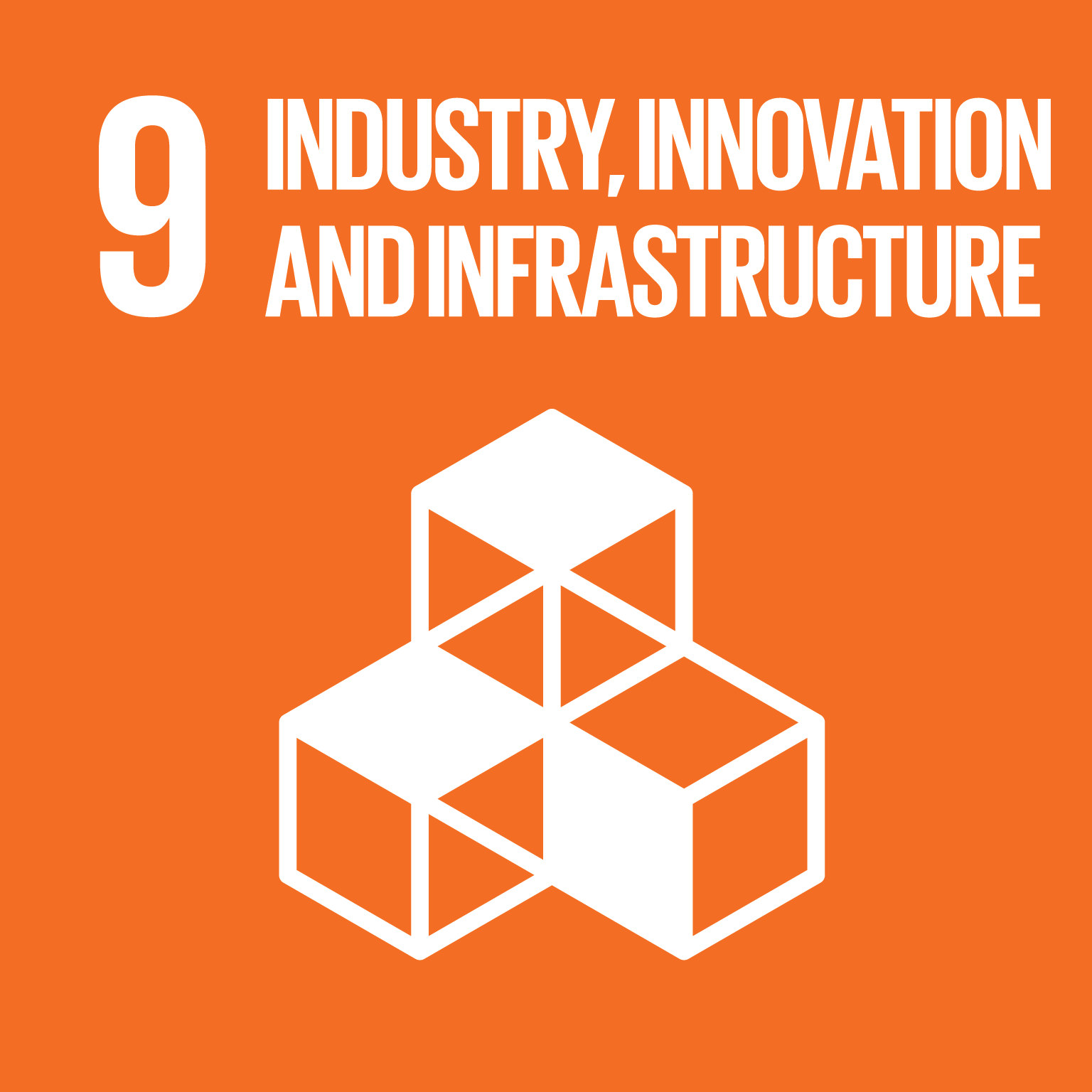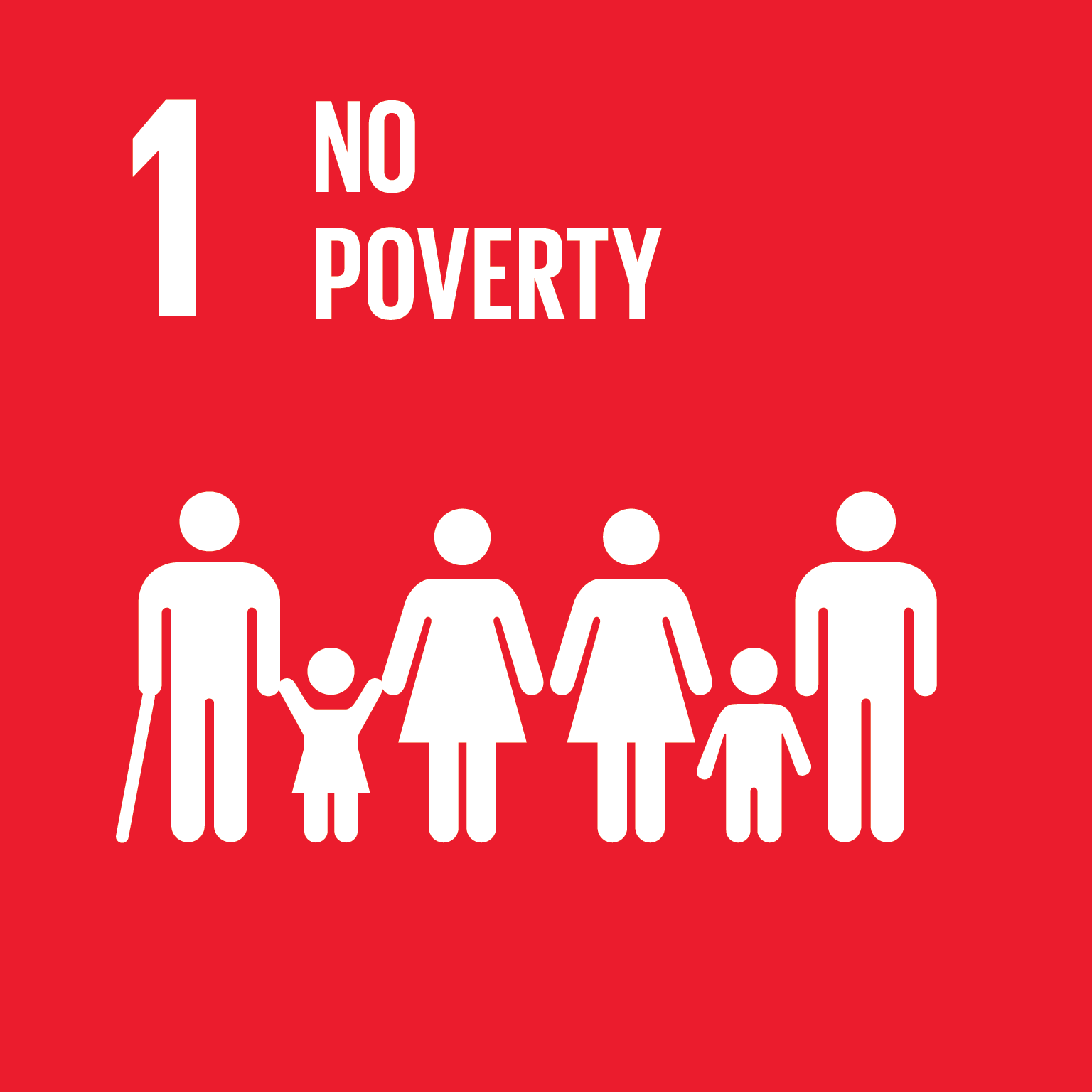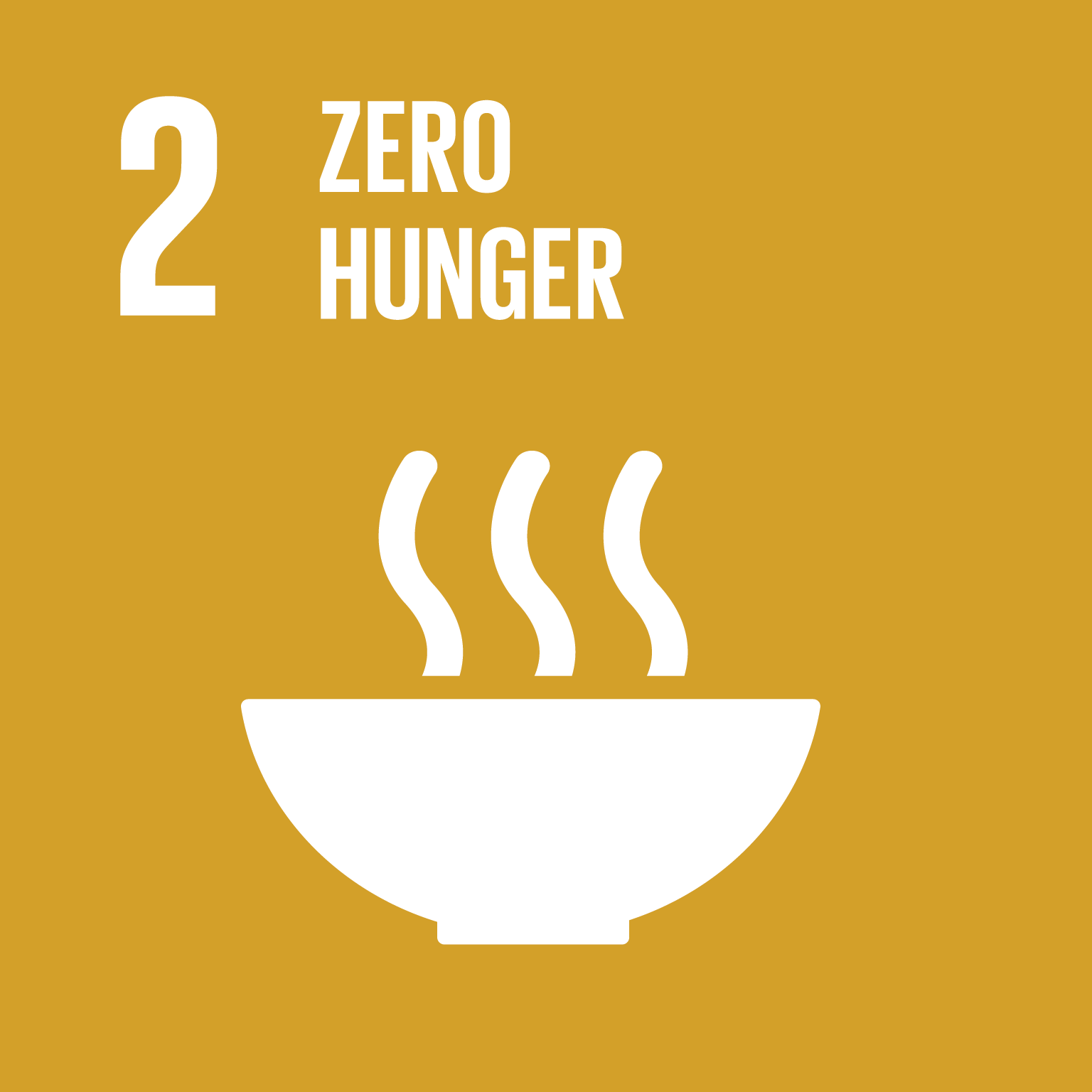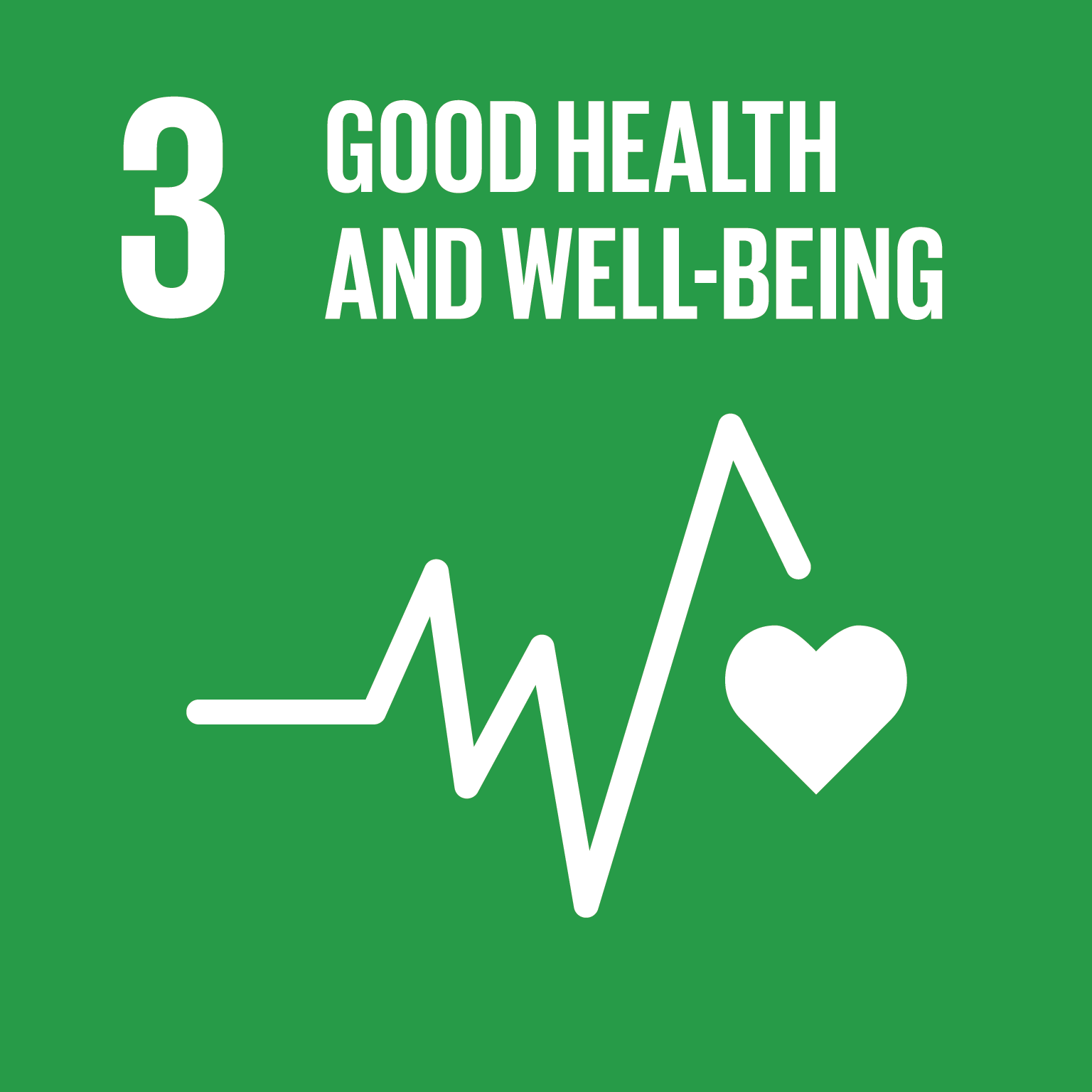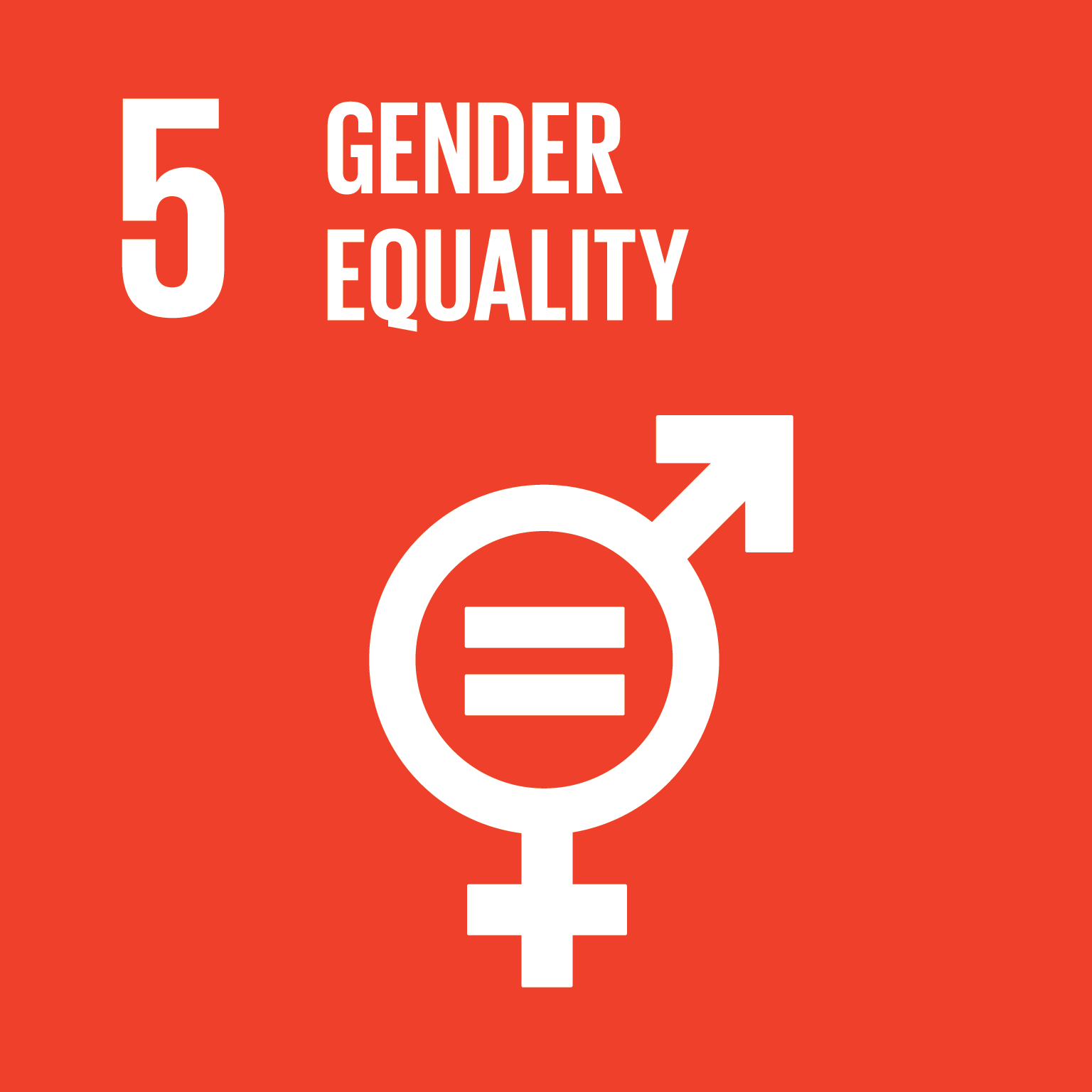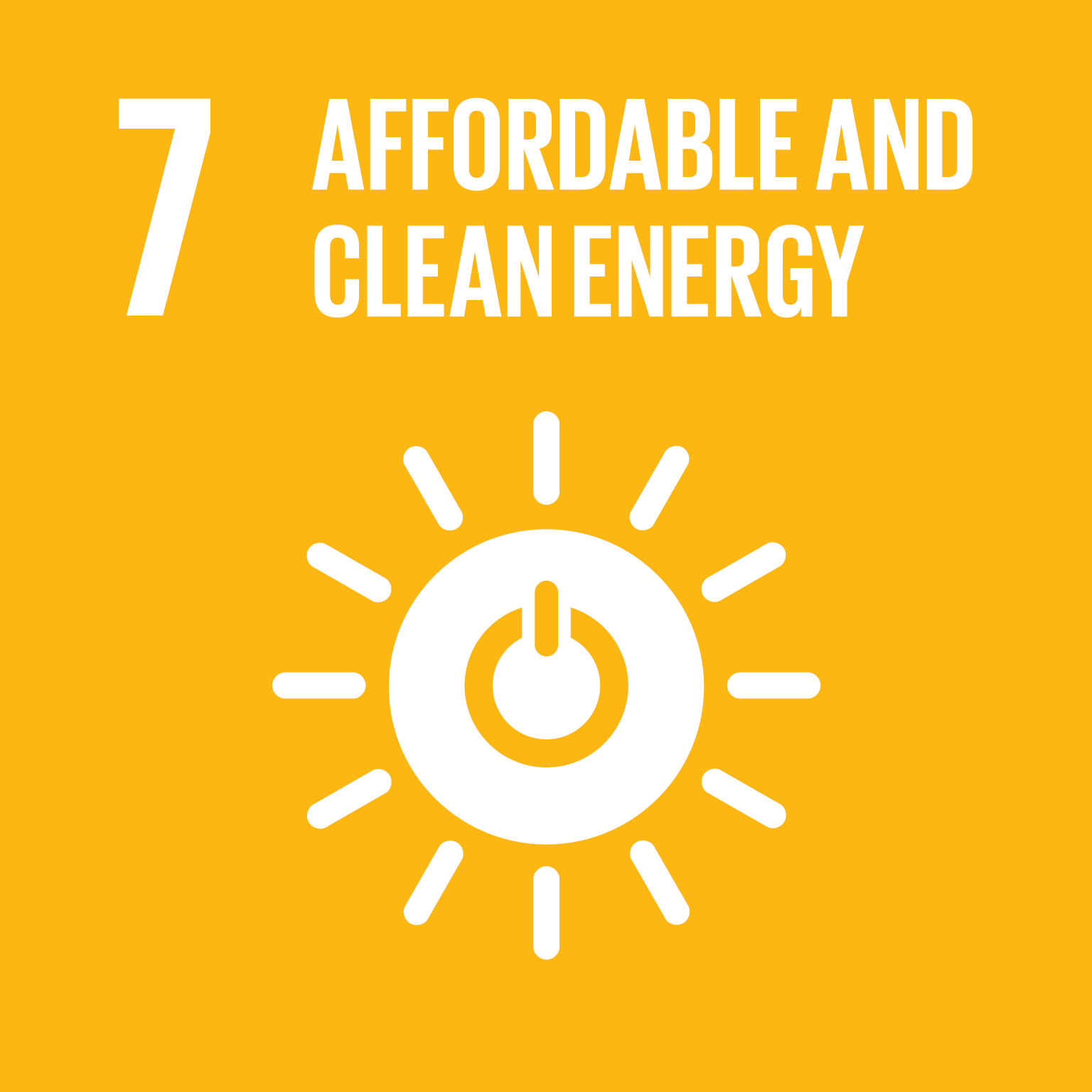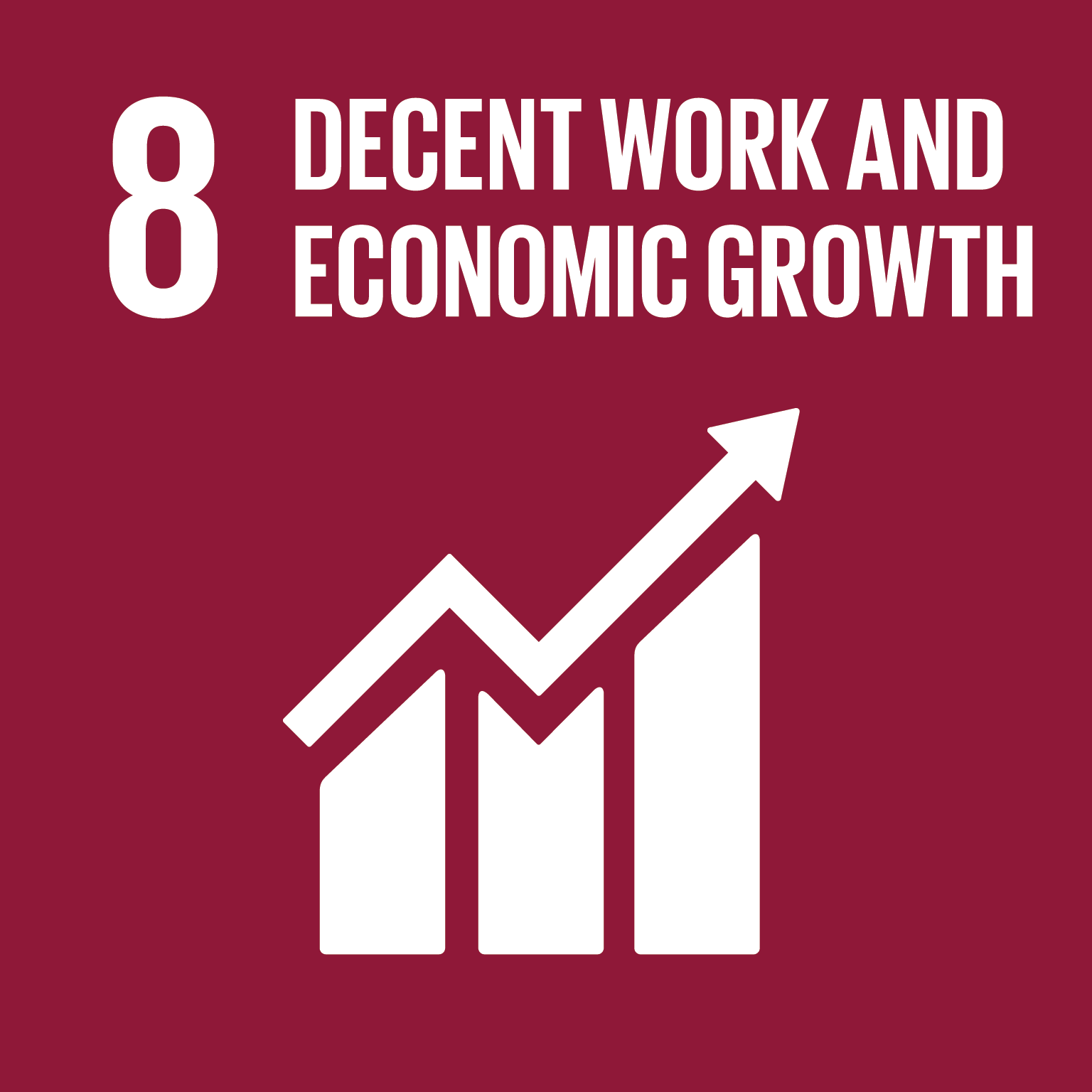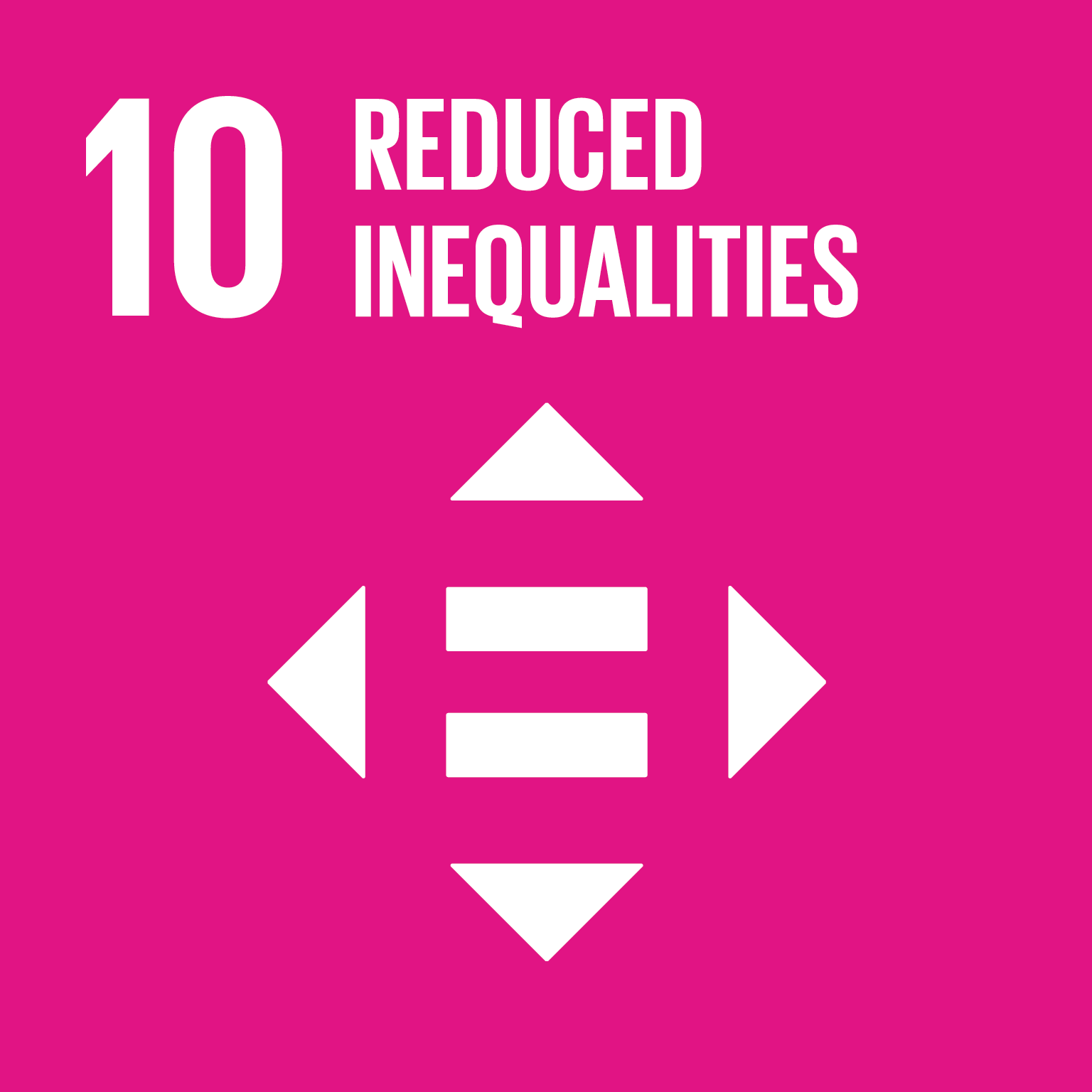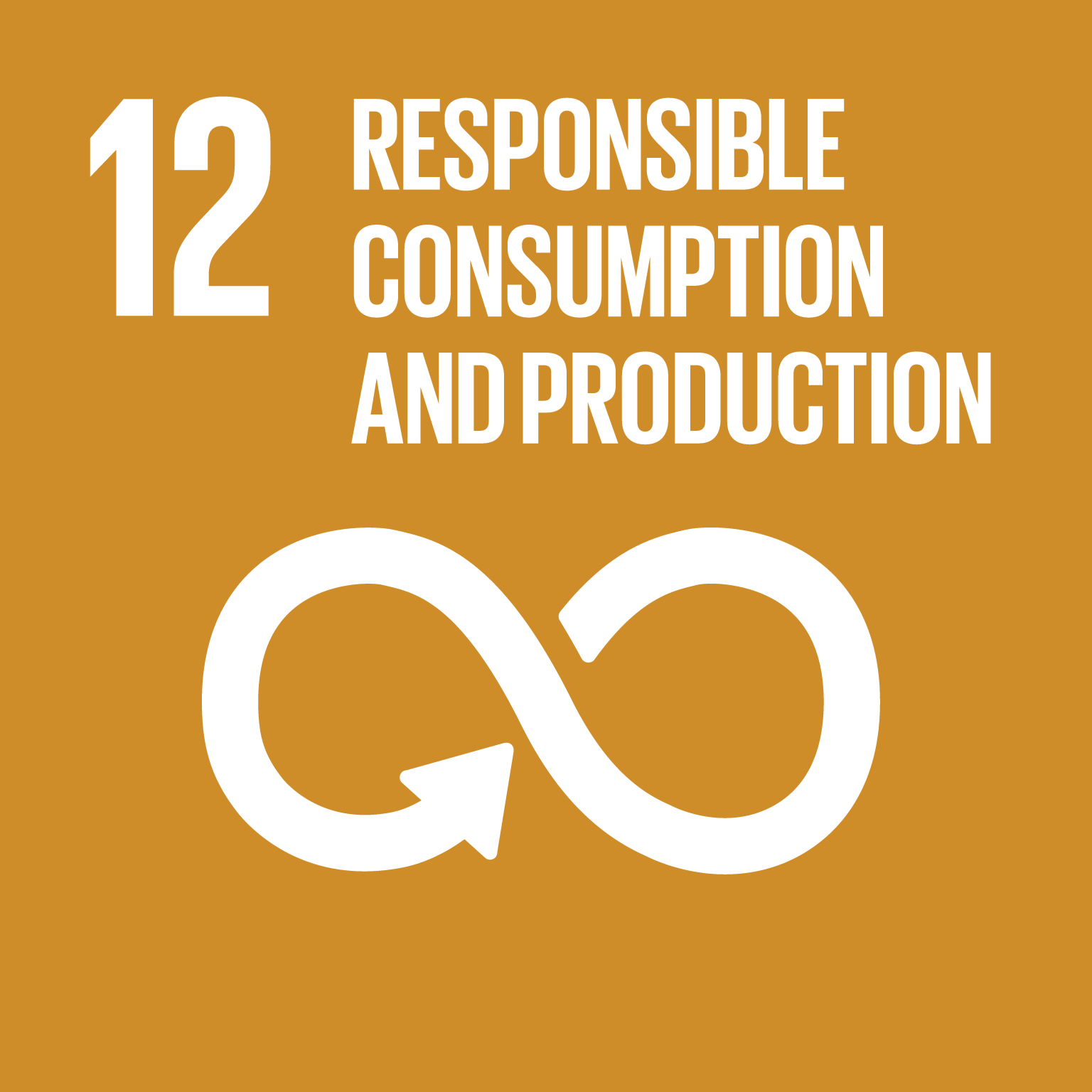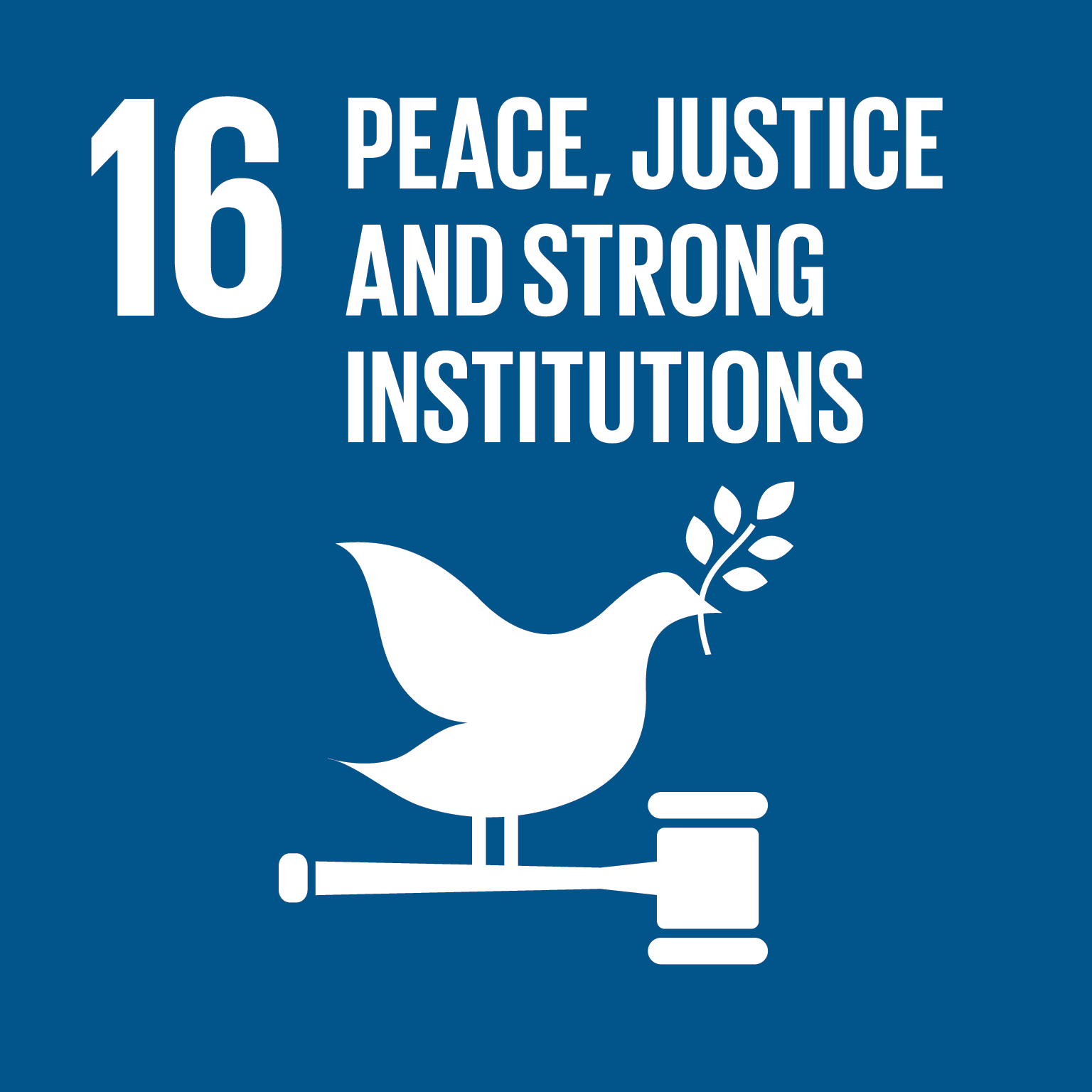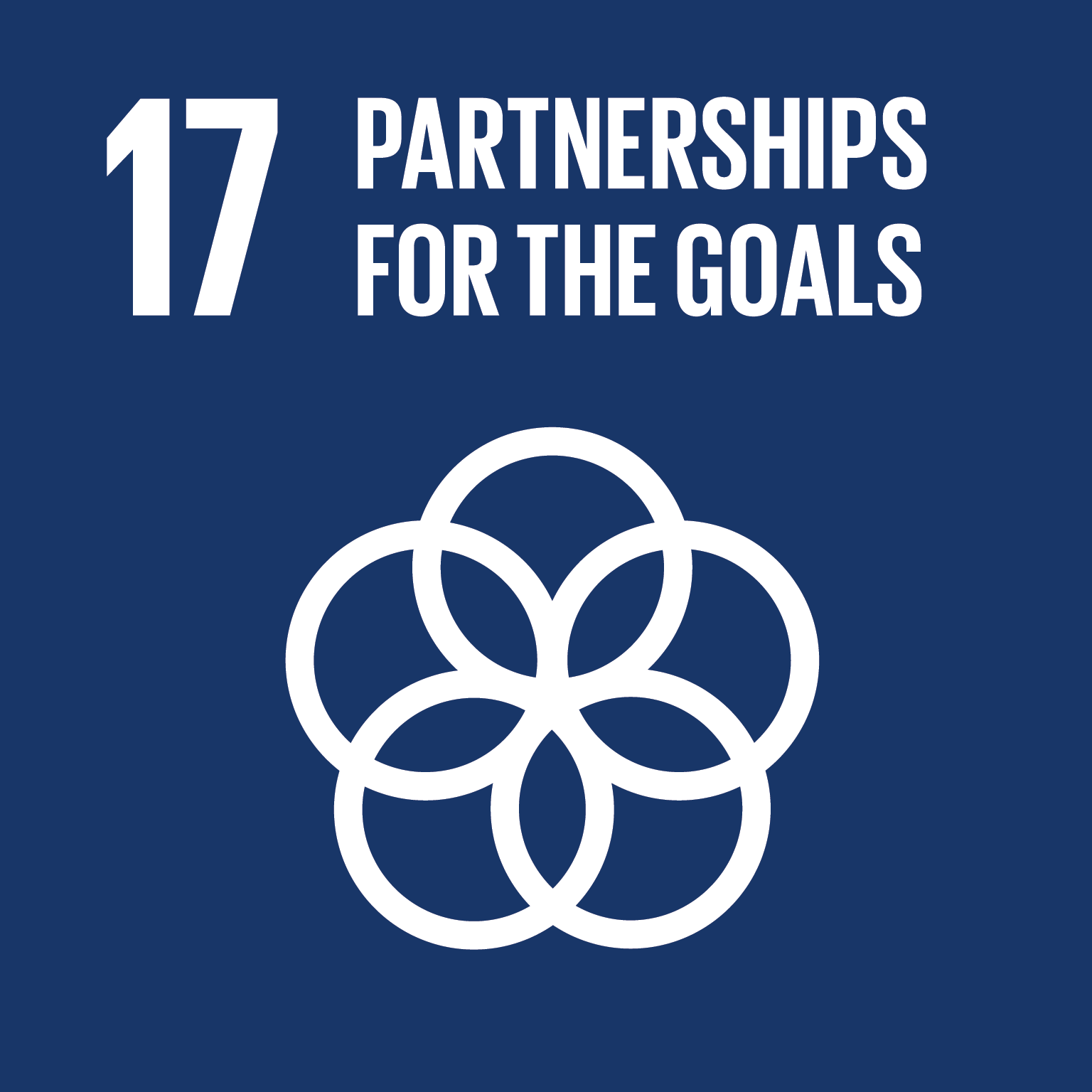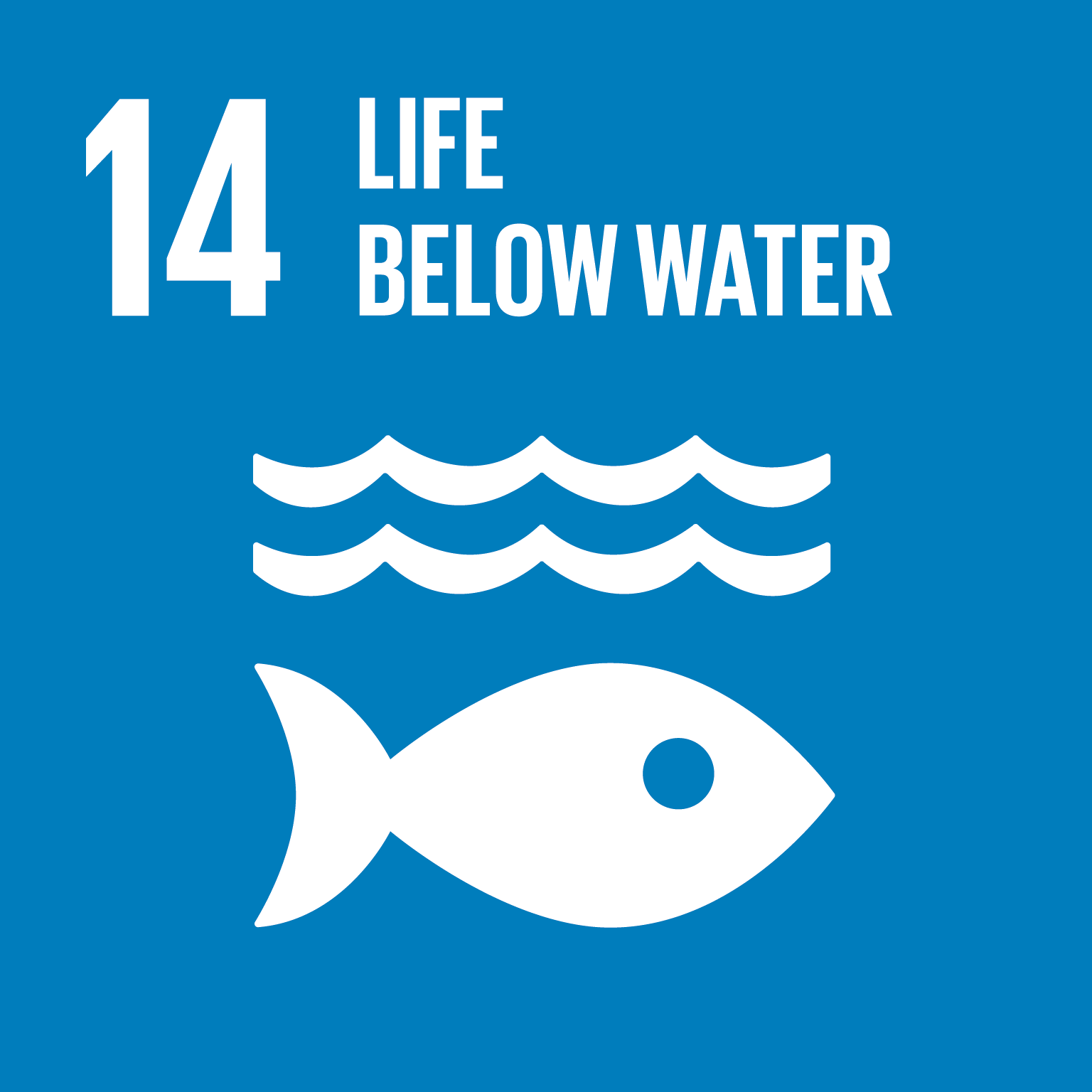Overview
The State of Kuwait’s 2023 Voluntary National Review (VNR) is its second assessment of progress towards the Sustainable Development Goals (SDGs) since 2019. Guided by the “New Kuwait 2035” vision, all 17 SDGs have been integrated into national planning, aligning each pillar with specific SDG clusters. The review highlights achievements in education, healthcare, food security, social protection, gender equality, and climate action, including carbon neutrality targets for 2050–2060. Strong institutions, such as the National Sustainable Development Committee, the National Observatory for Sustainable Development, and the State Audit Bureau, ensure oversight, data-driven policy, and financial integrity. Despite COVID-19 disruptions, Kuwait showed resilience through digital transformation, reskilling, and international support. Completed and ongoing projects span economic diversification, private sector growth, governance, infrastructure, environmental sustainability, health, and global engagement, with overall SDG achievement projected to rise from 60.5 in 2021 to 61.3 by 2030.
Recommendations
- Expand Marine Protected Areas: Increase coverage beyond 63% to meet the 2030 target of 100% for sustainable fisheries and biodiversity.
- Enhance Marine and Terrestrial Monitoring: Strengthen data collection on pH levels, species survival, and desertification to enable evidence-based policies.
- Promote Reforestation and Biodiversity Projects: Accelerate tree planting and mangrove restoration to combat desertification and support wildlife conservation.
- Strengthen Crime Prevention and Justice Systems: Address rising cases of violence (1,186 in 2016 to 3,096 in 2022) through prevention programmes and community awareness.
- Sustain Anti-Corruption Measures: Continue reducing bribery cases (15 in 2022) and enhance transparency via SAB and inter-agency oversight.
- Boost Domestic and Non-Oil Revenue: Further diversify GDP sources and maintain non-oil revenues above 5% to ensure economic sustainability.
- Increase Foreign Investment and Partnerships: Expand KDIPA-supported investments, south-south cooperation, and multi-country collaborations for economic growth.
- Strengthen Statistical Capacity: Maintain 100% registration of births and deaths and improve monitoring tools for all SDG indicators.
- Promote Private Sector Sustainability: Encourage businesses to adopt environmental, social, and governance (ESG) initiatives similar to NBK, Gulf Bank, and KDD.
- Enhance Digital and Social Connectivity: Expand internet access, social media engagement, and digital tools to support education, reporting, and public awareness.
